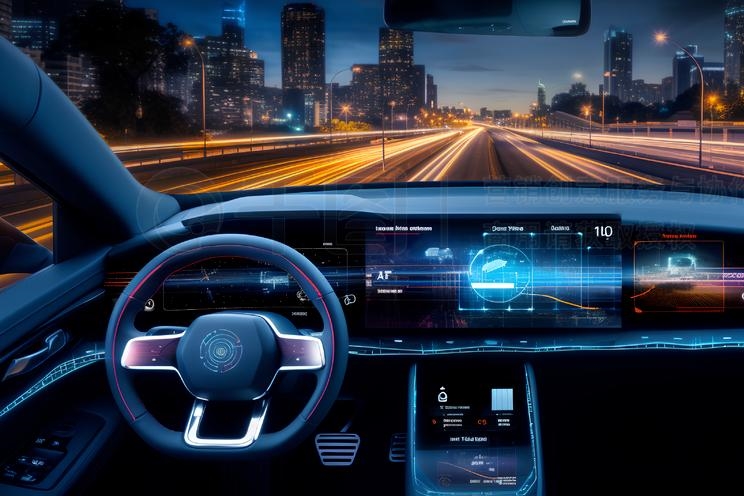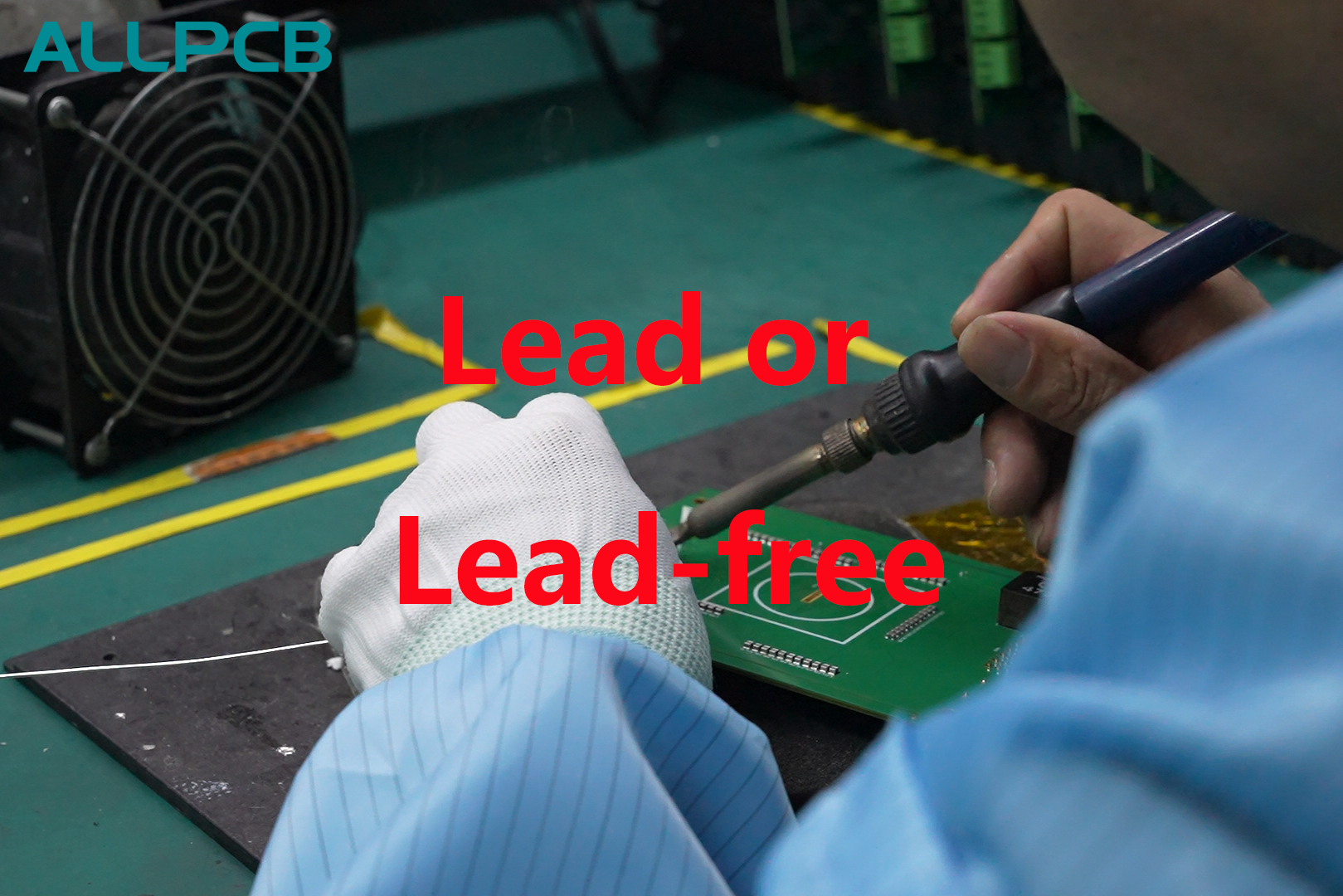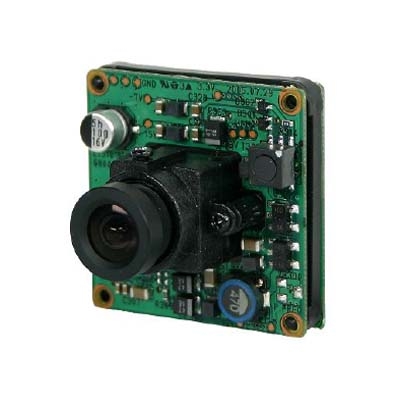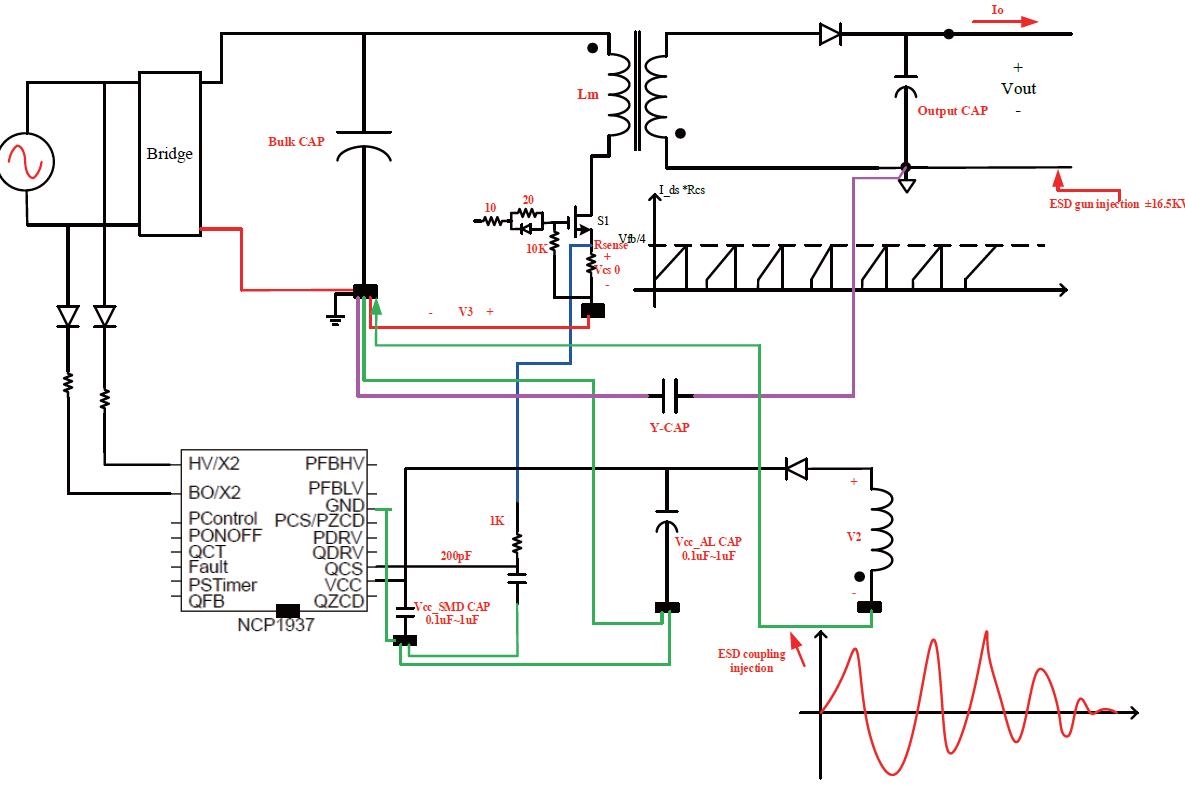If you're diving into the world of gaming console design or repair, understanding the components of a gaming console PCB (Printed Circuit Board) is essential. A gaming console PCB is the heart of the device, connecting and powering all the elements that bring games to life. In this comprehensive guide, we'll explore the gaming console PCB components list, offer insights into gaming console PCB parts identification, and discuss gaming console PCB component sourcing, BOM (Bill of Materials) for gaming console PCB, and the role of surface mount components in gaming PCB design. Whether you're an engineer, hobbyist, or manufacturer, this blog will provide actionable information to help you navigate the intricate world of gaming console hardware.
What Is a Gaming Console PCB and Why Does It Matter?
A gaming console PCB is the central hub that connects the processor, memory, graphics unit, and other critical hardware components in a gaming system. Without a well-designed PCB, even the most powerful chips and circuits would fail to communicate effectively, resulting in poor performance or complete system failure. The PCB ensures seamless data transfer, power distribution, and signal integrity, making it one of the most critical elements in a gaming console.
Understanding the components on a gaming console PCB is vital for designing efficient systems, troubleshooting issues, or sourcing parts for manufacturing. In the sections below, we'll break down the key components, explain their roles, and provide practical tips for identifying and sourcing them.
Breaking Down the Gaming Console PCB Components List
Let's dive into the essential components you'll find on a gaming console PCB. Each part plays a unique role in ensuring the console operates smoothly, delivering high-quality graphics, fast processing, and responsive controls.
1. Central Processing Unit (CPU)
The CPU is often referred to as the brain of the gaming console. It handles the core computations, running the operating system, and executing game logic. Modern gaming console CPUs are typically multi-core processors with clock speeds ranging from 2.5 GHz to 3.5 GHz, ensuring they can manage complex tasks without lag.
2. Graphics Processing Unit (GPU)
The GPU is responsible for rendering high-definition graphics and ensuring smooth frame rates. It processes visual data and outputs it to the display. GPUs in gaming consoles often support resolutions up to 4K and frame rates of 60 FPS or higher, requiring advanced cooling solutions to manage heat output.
3. Memory (RAM)
Random Access Memory (RAM) temporarily stores data that the CPU and GPU need to access quickly. Gaming consoles often use high-speed RAM, such as DDR4 or DDR5, with capacities ranging from 8 GB to 16 GB. Faster memory with lower latency (e.g., 3200 MHz) ensures quicker load times and smoother gameplay.
4. Storage Interface Components
Storage components, like SSD controllers or HDD interfaces, manage data storage and retrieval. Modern consoles often use NVMe SSDs for faster read/write speeds (up to 5,500 MB/s), significantly reducing game loading times compared to traditional hard drives.
5. Power Management ICs (PMICs)
Power Management Integrated Circuits regulate voltage and current to various components. They ensure stable power delivery, often stepping down input voltages (e.g., 12V to 1.2V for the CPU) to prevent damage from power surges. Efficient PMICs are crucial for energy efficiency and thermal management.
6. Capacitors and Resistors
Capacitors store and release electrical energy to stabilize voltage, while resistors control current flow. These passive components are often surface-mounted and come in various values (e.g., 10 μF capacitors or 1 kΩ resistors) to match the circuit's needs. They are critical for noise reduction and signal integrity.
7. Connectors and Ports
Connectors link the PCB to external peripherals like controllers, HDMI outputs, and USB ports. These components must support high-speed data transfer (e.g., USB 3.0 at 5 Gbps) and be durable to withstand frequent use.
8. Audio Processing Units
Audio chips process and output sound to speakers or headphones. They often support surround sound formats and high-fidelity audio with signal-to-noise ratios above 90 dB, ensuring immersive soundscapes during gameplay.
Gaming Console PCB Parts Identification: How to Spot Key Components
Identifying components on a gaming console PCB can be challenging, especially for beginners. However, with a few tips and tools, you can quickly learn to recognize the vital parts. Here's how to approach gaming console PCB parts identification:
- Visual Inspection: Look for markings or labels on components. CPUs and GPUs often have printed model numbers, while capacitors may display capacitance values (e.g., 10 μF).
- Size and Shape: Larger chips are typically processors or memory modules, while smaller, rectangular components are often resistors or capacitors.
- Color Coding: Resistors may have color bands indicating their resistance value. Use online calculators to decode these bands.
- Tools: A magnifying glass or digital microscope can help read tiny markings. A multimeter can test components for continuity or voltage.
Understanding the layout of a PCB can also aid identification. For instance, components near heat sinks are likely high-power units like CPUs or GPUs, while clusters of small components often handle signal filtering or power regulation.
Gaming Console PCB Component Sourcing: Building Your BOM
When designing or repairing a gaming console, creating a BOM (Bill of Materials) for gaming console PCB is a critical step. A BOM lists all components needed, including part numbers, quantities, and specifications. Here's how to approach gaming console PCB component sourcing:
Steps to Create a BOM
- List Components: Include every part, from major ICs to tiny resistors. Specify values like capacitance (e.g., 22 μF) or resistance (e.g., 470 Ω).
- Define Quantities: Note how many of each component you need. Overestimate slightly to account for potential defects or losses.
- Specify Requirements: Include details like voltage ratings (e.g., 16V for capacitors) or speed grades (e.g., 3200 MHz for RAM).
- Source Reliable Suppliers: Choose distributors with a track record of providing high-quality components. Check for datasheets to ensure compatibility.
Tips for Sourcing Components
- Prioritize components with long-term availability to avoid redesigns if parts become obsolete.
- Look for bulk discounts when sourcing large quantities, especially for passive components like capacitors and resistors.
- Verify component specifications against your design needs, such as ensuring a PMIC supports the required input/output voltages (e.g., 5V to 1.8V step-down).
A well-prepared BOM ensures smooth assembly and minimizes delays during production or repair. It also helps in budgeting and planning for scalability in manufacturing.
The Role of Surface Mount Components in Gaming PCB Design
Most modern gaming console PCBs rely heavily on surface mount components in gaming PCB design. Unlike through-hole components, surface mount devices (SMDs) are soldered directly onto the PCB's surface, offering several advantages:
- Compact Size: SMDs are much smaller, allowing for denser layouts. This is crucial for fitting powerful hardware into slim gaming consoles.
- High-Speed Performance: Reduced lead lengths in SMDs minimize signal delays and interference, supporting high-frequency operations (e.g., 1 GHz signals).
- Cost Efficiency: Automated assembly of SMDs reduces manufacturing costs, especially for mass production.
Common SMDs on gaming console PCBs include chip resistors, ceramic capacitors, and integrated circuits. These components often come in packages like 0402 or 0603 for passives, indicating their tiny dimensions (e.g., 0.4mm x 0.2mm for 0402). While SMDs are harder to replace manually due to their size, they enable the sleek, high-performance designs gamers expect.
Challenges in Gaming Console PCB Design and Component Selection
Designing a gaming console PCB comes with unique challenges. Here are some key considerations engineers face when selecting components:
- Thermal Management: High-performance CPUs and GPUs generate significant heat (often exceeding 80°C). Components must withstand these temperatures or be paired with effective cooling solutions.
- Signal Integrity: High-speed data lines (e.g., PCIe 4.0 at 16 GT/s) require precise impedance matching (typically 50 Ω) to prevent signal loss or crosstalk.
- Power Efficiency: Components must balance performance with low power consumption to extend battery life in portable consoles, often targeting efficiencies above 90% for PMICs.
- Durability: Connectors and ports must endure frequent plugging and unplugging without degrading performance.
Addressing these challenges requires careful component selection and rigorous testing during the design phase to ensure reliability and performance.
How to Optimize Your Gaming Console PCB for Performance
Optimizing a gaming console PCB involves more than just choosing the right components. Here are actionable tips to enhance performance:
- Layer Stackup Design: Use multiple PCB layers (e.g., 6-8 layers) to separate power, ground, and signal planes, reducing noise and improving signal integrity.
- Component Placement: Place high-speed components close to each other to minimize trace lengths, reducing latency and interference.
- Thermal Design: Integrate heat sinks or thermal vias near high-power components to dissipate heat efficiently.
- Testing: Use simulation tools to model signal integrity and power distribution before manufacturing to catch potential issues early.
These strategies can significantly improve the performance and longevity of a gaming console PCB, ensuring it meets the demands of modern gaming.
Conclusion: The Unsung Heroes of Gaming Consoles
The components of a gaming console PCB are truly the silent heroes behind every epic gaming experience. From the CPU and GPU driving performance to tiny surface mount capacitors ensuring signal stability, each part plays a vital role. By understanding the gaming console PCB components list, mastering gaming console PCB parts identification, and streamlining gaming console PCB component sourcing with a detailed BOM for gaming console PCB, engineers and hobbyists can create or repair systems that deliver top-tier performance. The use of surface mount components in gaming PCB design further enables compact, efficient, and powerful consoles that fit seamlessly into our lives.
At ALLPCB, we're committed to supporting your journey in PCB design and manufacturing. Whether you're building a custom gaming console or scaling up production, our expertise and resources are here to help you succeed. Dive into the world of PCB components with confidence, knowing that every tiny part contributes to the bigger picture of gaming excellence.
 ALLPCB
ALLPCB







